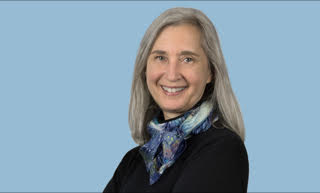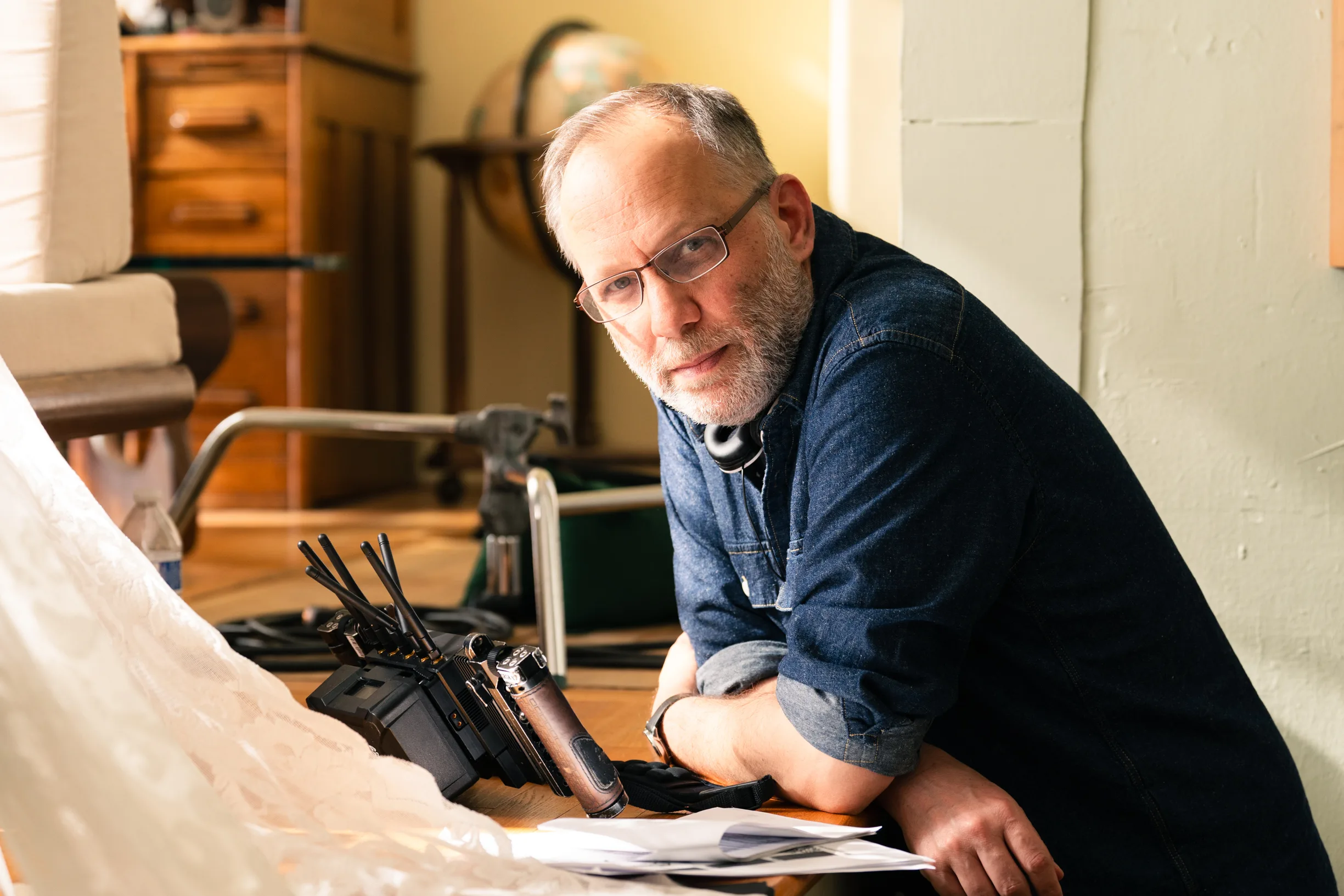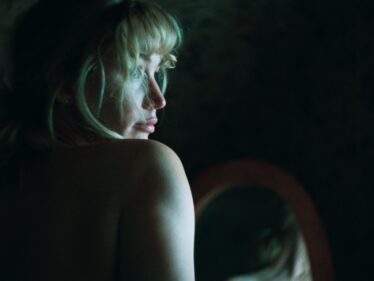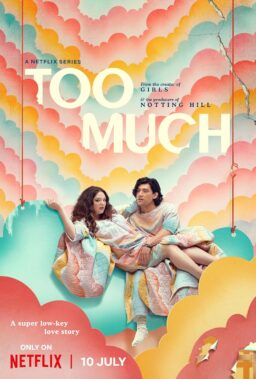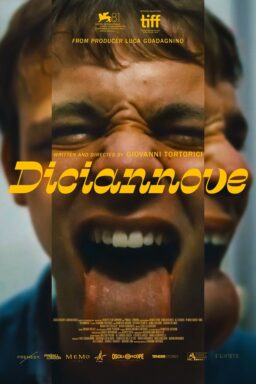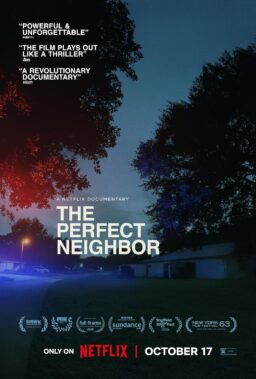In December of 1974, two close friends talked as a tape recorder captured their conversation. It was part of a project Linda Rosencrantz was working on, asking her friends in the arts community to tell her the story of how they spent a day. Ira Sachs’ new film, “Peter Hujar’s Day,” is a meditation on art and friendship, based on the transcript of that conversation with Ben Whishaw as photographer Hujar and Rebecca Hall as Rosencrantz. In an interview, Sachs talked about what a director has in common with a psychoanalyst, his use of light to tell the story, and the rare friend who really listens.
You use light in such an interesting way throughout the film, beyond just setting the place and time of day.
It’s almost like the story of light is the story of the film. It’s the story of a day, the story of time passing, the story of portraiture, Hujar clearly being a portrait maker, of humans and of animals and of objects. And for me, light conveys emotion based on space and time. It is really kind of the second text of the film. There is the text of Peter Hujar describing his day, and then there’s the text of the characters of Peter and Linda in the course of a day, in this space. It’s also evoking the emotion of time, which is really maybe what the film is all about. So I tried to use cinematic means to share that with the audience.
There is something captivating about telling your day in such detail to somebody and having them be interested in all of it.
Peter Hujar is also a particularly uniquely gifted storyteller in the sense that if you asked me to tell you what I did yesterday, it would not be as rich as what Peter is able to do. He’s really kind of an extraordinary narrator. Like the details are the details of something written but unwritten. That’s also in Ben’s performance. He took an approach in which there’s a kind of egalitarianism. All the points that are made without being dull or monotone you know monotone there’s also a great range of feeling um he’s not a particularly um uh self he’s not an analyzing storyteller but he is a revealing one and for me the power of the film is really an artist revealing his vulnerability and how difficult it is to make good art.

One of the things that interested me the most in the film is what it means to have a listener like that. Possibly a psychoanalyst might be that present and engaged, but that is a very different relationship.
That is the only other job I might have taken, to be an analyst, because the way that Linda listens to Peter is how I feel as a director. I need to listen to my actors. I need to listen with incredible rigor. And Linda does that through Rebecca so beautifully. What Rebecca understood, because she got to know Linda, as I have as well, is that she’s a very generous, curious, empathetic person and listener. But also there was a trust inherent in the two of them that allowed Peter to take the leap to talk for so long about his life.
Since they were just out of their teens, they’ve been friends. And for me, that’s the one element of the film which is really familiar is that it reminds me of my friendships as a gay artist and a gay man with certain female friends in my life. Very few, but one or two who seem to me to love me in the way that Linda loved Peter.
How did you talk to Ben and Rebecca about what you wanted from them?
With Ben and I, it was very instinctual because we’d already been working together on “Passages.” Part of the reason I thought of doing this film is that I was enjoying my collaboration with him so much that I wanted to find something to continue, which I still feel today. I want to find something else to make with Ben. And Rebecca was someone I met just before we started filming. What they have in common is both of them are actors who are actually primarily interested in living a creative life.
What I found during the pandemic is that when I didn’t have that, I didn’t have a relationship to myself that seemed alive. I felt very dead. Because I think the conversation one has with oneself, whether it be positive or negative, as Peter shows us, sometimes it’s a very negative conversation of doubt. Sometimes it’s one of confidence, but it’s active and it’s intimate. And I think for me, it’s necessary.
I’d like to hear about the score, not just the sound and percussion and melody but when we hear it in the movie.
I think it’s important for a film to wake an audience up. Sometimes for me that’s through bold cuts. In some of my films, I don’t want things to remain too comfortable. I don’t want them to lull into the sense of knowing what they’re getting. And music was a tool, as were certain artificial elements of the film, in creating disconnect for the audience, which then allowed them to connect in new ways.
There are a lot of names in the film, some we recognize, like Allen Ginsburg, some not a part of our present cultural conversation. Is it important to know who they are?
To me, it’s not important at all. I mean, no one, including Linda or myself, knows who all those people were. They are the cast of characters of this character’s life, and that’s what’s significant. I mean, they’re only as good as Ben makes them vivid. That’s what I actually was surprised by myself, in Ben’s performance, how vivid every name is, every image, every feeling, every taste, it’s a very vivid performance. And if it wasn’t, it wouldn’t have sustained a feature film. So to me, there’s a lot of names. You know them because Ben makes them real, not because they’re well-known.
Rebecca makes Linda very vivid, too, even though she has very few lines.
Linda is an amazing person. And I think her understanding that how we speak in everyday life is artful and full of meaning is beautiful.
